Snake, Trend | October 25, 2022 4:24 AM | Alisa
The Scariest Snakes You Don’t Want to Meet Even Once
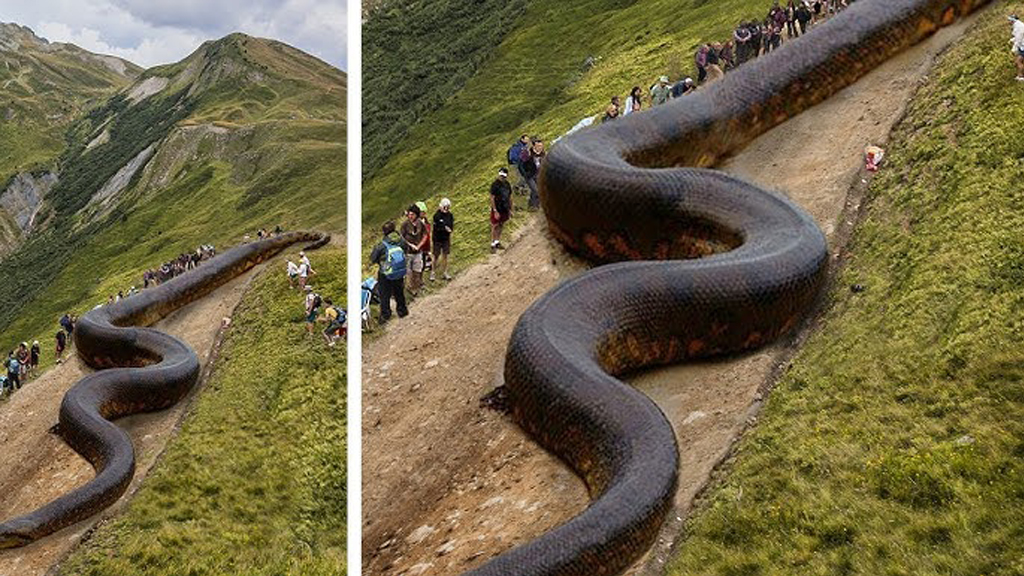
There are over 3,000 species of snake on the planet, and they are found everywhere except in New Zealand, Greenland, Iceland, Antarctica, and Ireland. Each of them boasts impressive and unique characteristics and is differentiated by size, color, and venom efficacy. Prepare to be amazed as I take you through the list of the ten biggest snakes in the world!
10. Black mamba
The black mamba is the largest venomous snake in Africa. They are covered with olive, brown, green, or grey but are rarely black. It measures between 7.2 and 8.9 feet long, but some species grow up to 13 feet. The longest one in history is confirmed to be 14.11 feet.
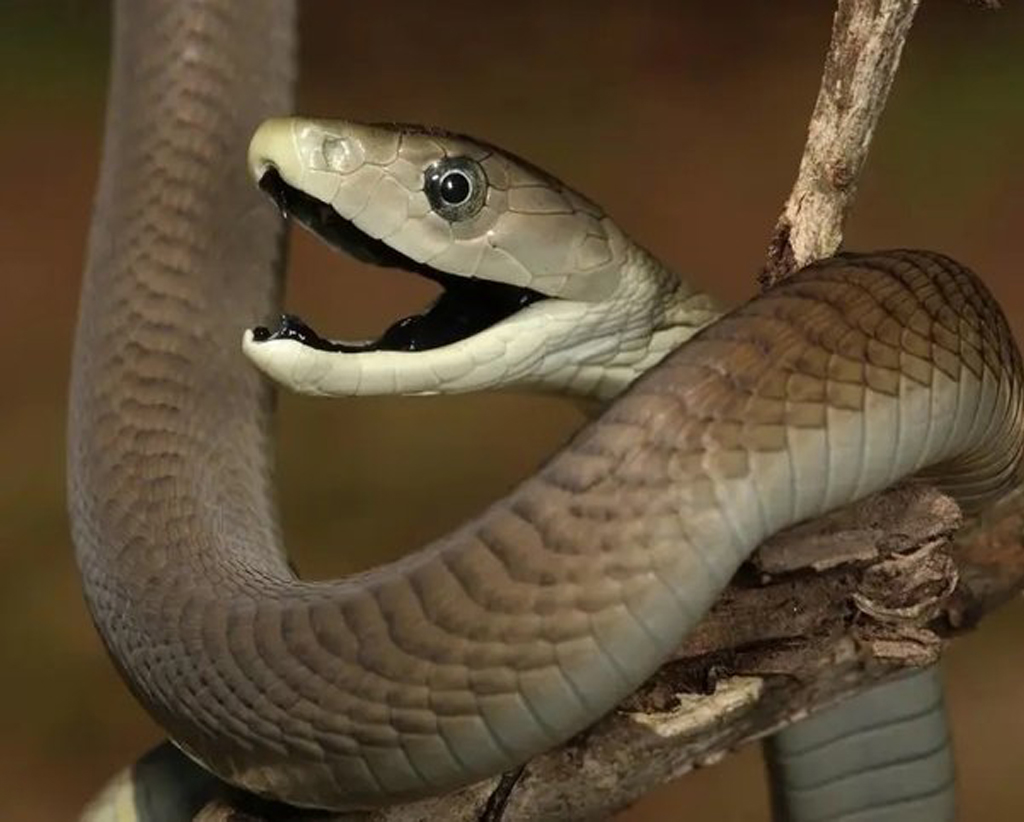
Not only does this animal clinch the price for one of the longest snakes in the world, but it is also the most aggressive and fastest, with speeds of up to 200km/h. They are known to attack even without provocation. Their venom is toxic and can cause a human to collapse within 30 minutes if not treated with antivenom.
They hold smaller animals in their mouth until the venom takes effect, but larger prey suffers two strikes until it is weak and swallowed. Females lay up to 20 eggs and incubate them for 2-3 months. Babies are independent and fend for themselves immediately after birth. Although they are climbers, they prefer the solitude of the ground because that’s where they lie in wait for an unsuspecting victim.
9. King cobra
The king cobra is found in Asia and is one of the longest venomous snakes in the world. It flaunts this fearsome status and would attack whenever it chooses. However, they typically avoid confrontation with humans but wouldn’t tolerate provocation.
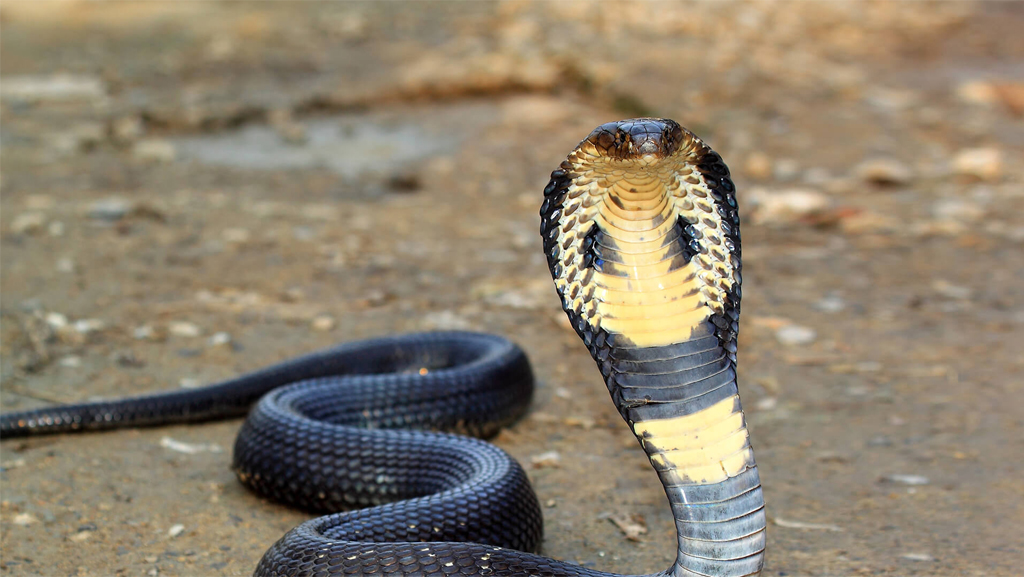
They grow up to 18.7 feet and weigh up to 9 kg. The male variants are more extensive than females, which is rare in snakes. From birth till death, they never stop growing.
After a bite from the king cobra, the victim can die within 15 minutes. Although their venom is not the most potent among other snakes, it contains high neurotoxin levels in a single bite. It is so effective that it can kill 20 people simultaneously. This poison causes respiratory arrest, cardiac failure, and eventual death.
King cobras live in southern China, Southeast Asia, rain forests, and plains of India. They feed on other snake species, including lizards and smaller mammals. In Vietnam, it is a protected species, and specialized organizations like the King Cobra conservancy are recruited to protect their habitat.
8. Reticulated python
The most enormous recorded reticulated python is 28.5 feet long and weighs 145 kilograms. Although they are known to be aggressive, they wouldn’t hurt a human until provoked. The average species is about 16 feet. The beauty of their skin makes them a target in the commercial skin trade.

Their infrared-sensitive pit organs and a keen sense of smell help them identify their prey. This snake lives up to 20 years but attains sexual maturity two years after birth, depending on its size.
Females lay up to 80 eggs which incubate between 80-90days. Within this period, the mother fasts and produces muscular shivers that warms the eggs during cooler times. Despite habitat disruptions, they are tolerant and survive still.
Medusa is a reticulated python in Kansas City. According to the Guinness book of world records, it is the longest snake kept in captivity. As of 2011, it measured 25 feet and weighed 158.8 kg. As a rule, this animal swallows prey one-quarter of its length and equal to its weight.
7. Burmese Python

Native to the grassy marshes of South Asia, Burmese pythons need no introduction. They grow up to 23 feet in length and 90 kilograms in weight. In their early days, they spend more time on trees, but they transition to the ground as they grow older.
Because of their swimming skills, they can stay submerged in water for up to 30 minutes. They feed primarily on birds and small mammals. They prey on larger animals like goats and pigs, adult deer, and alligators as they become mature.
Elegant creatures🦌🦌
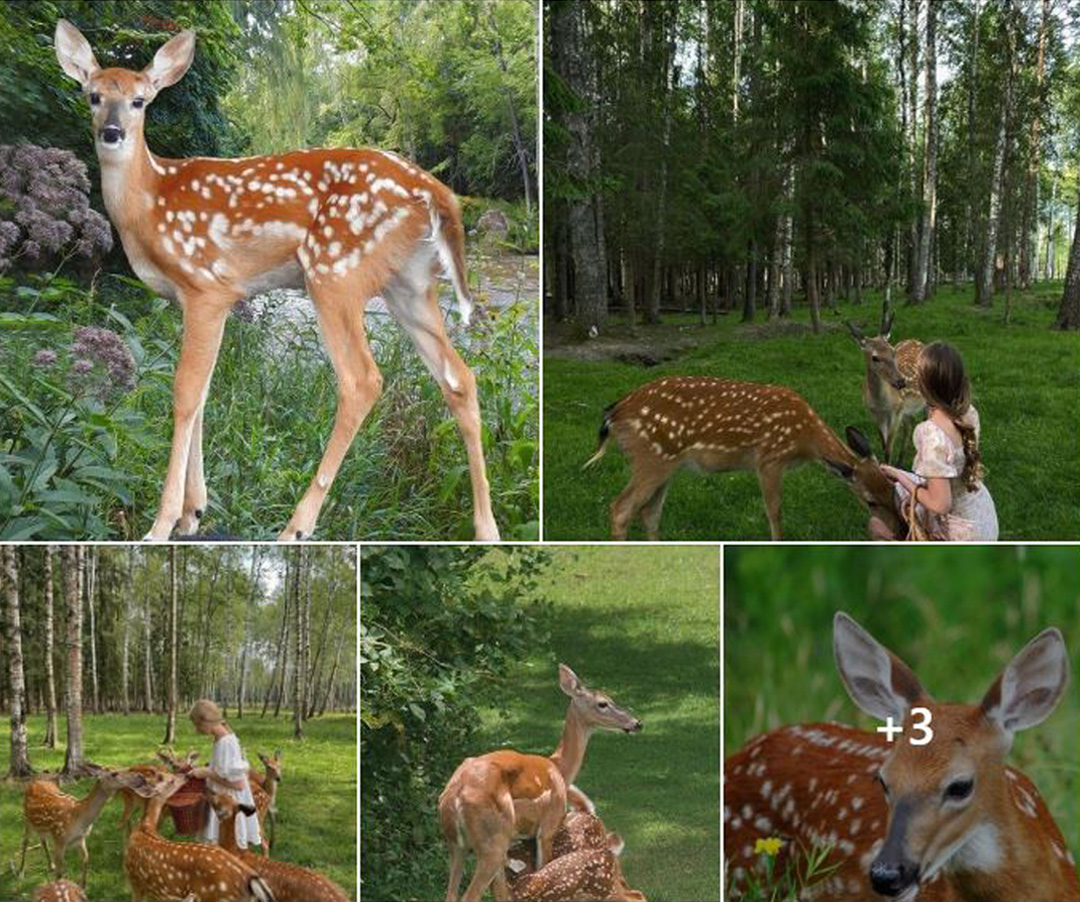
These photographs touch one at the core of our Being. Beautiful, elegant and Tender -hearted Deer, in Communion with a loving Humane Human Being. Oh for a Day when this will be a Reality, for All Human Beings.
Great pictures! ❤️👍😊
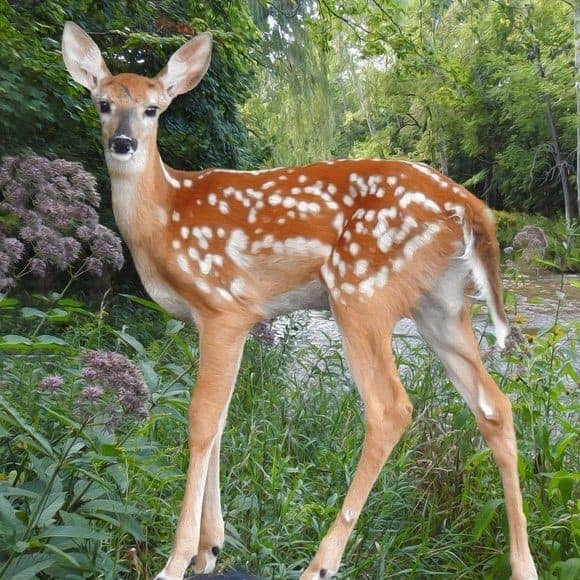
So pretty 💕
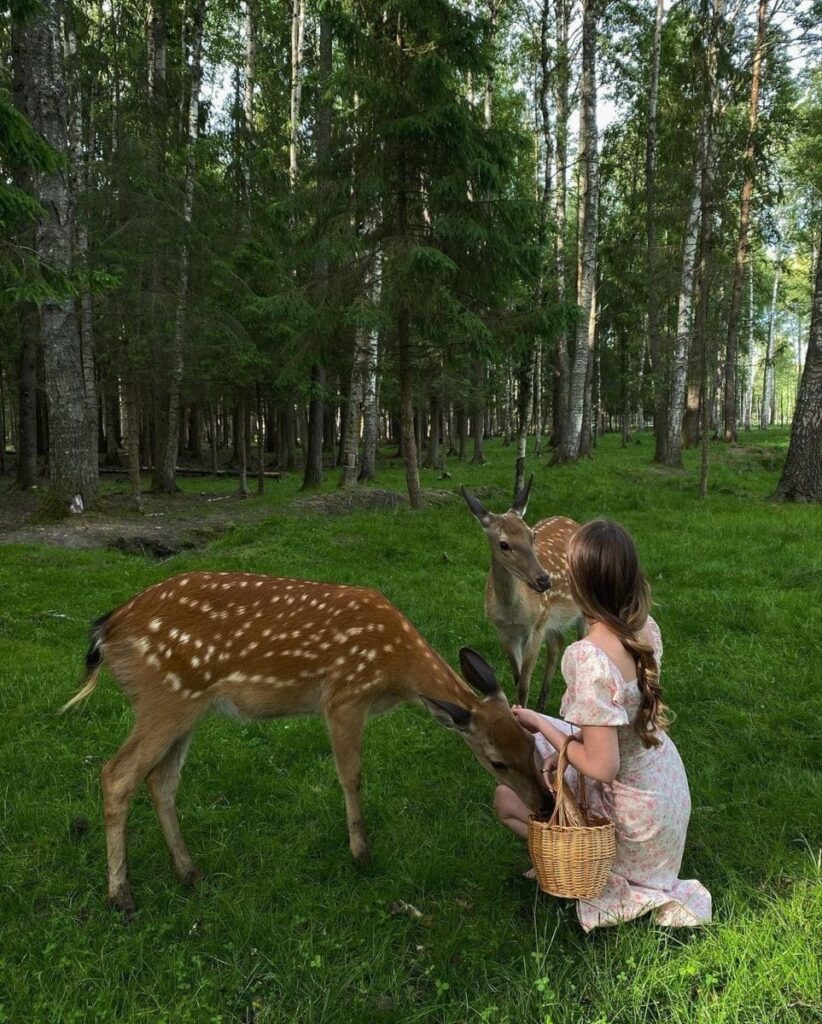
Absolutely precious!
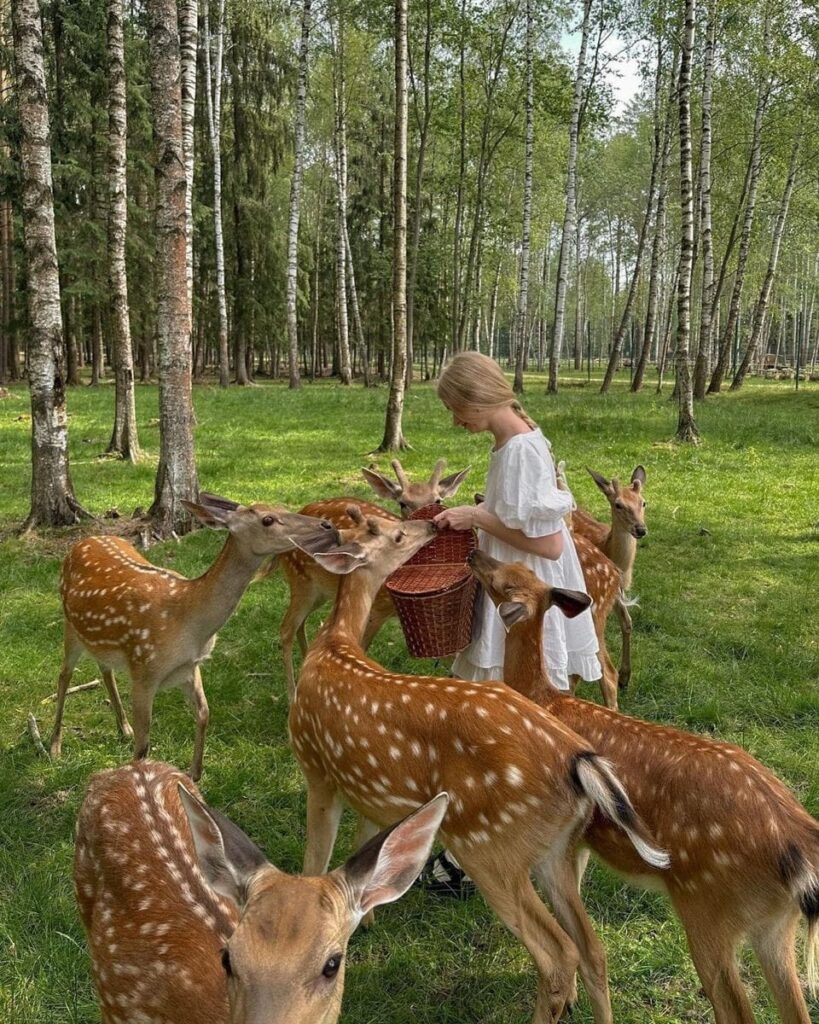
Gorgeous ❤️❤️
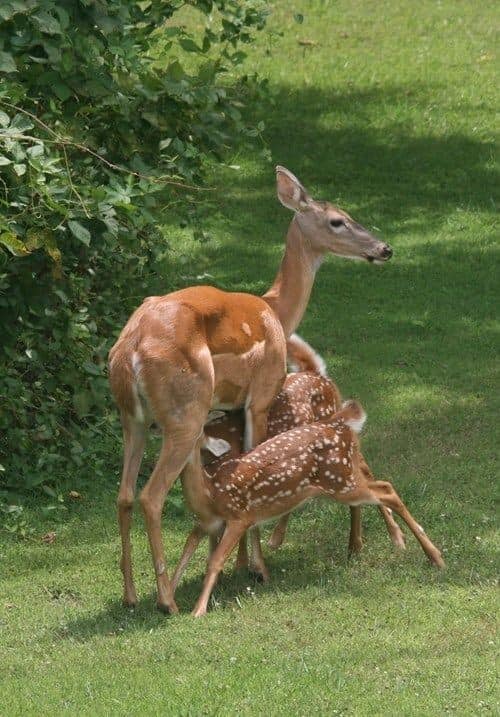
So adorable! ❤️
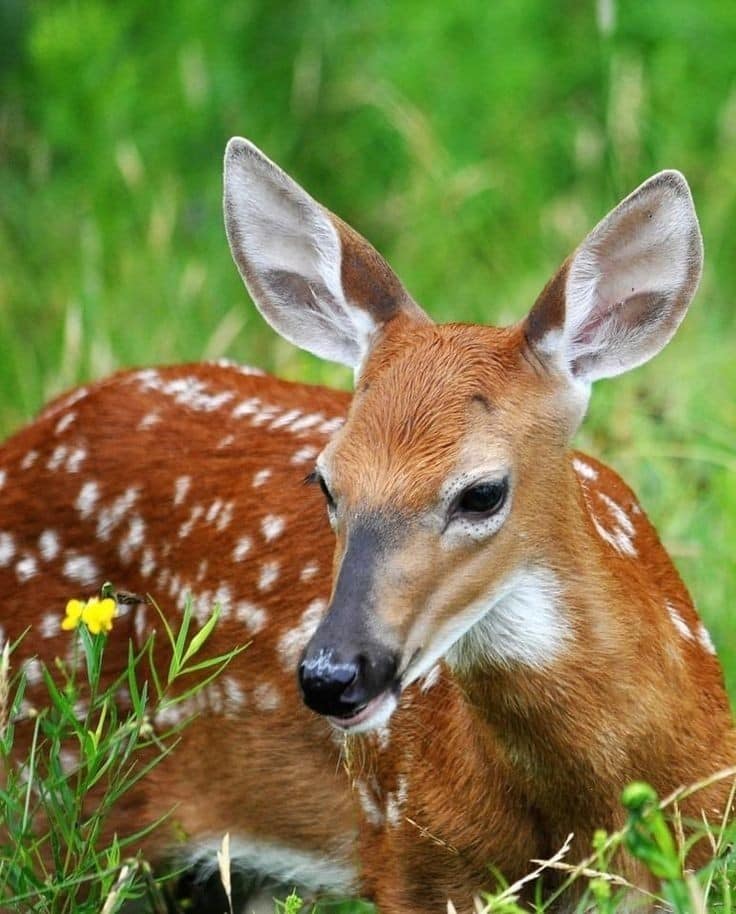
Amazingly tender &🦌beautiful!
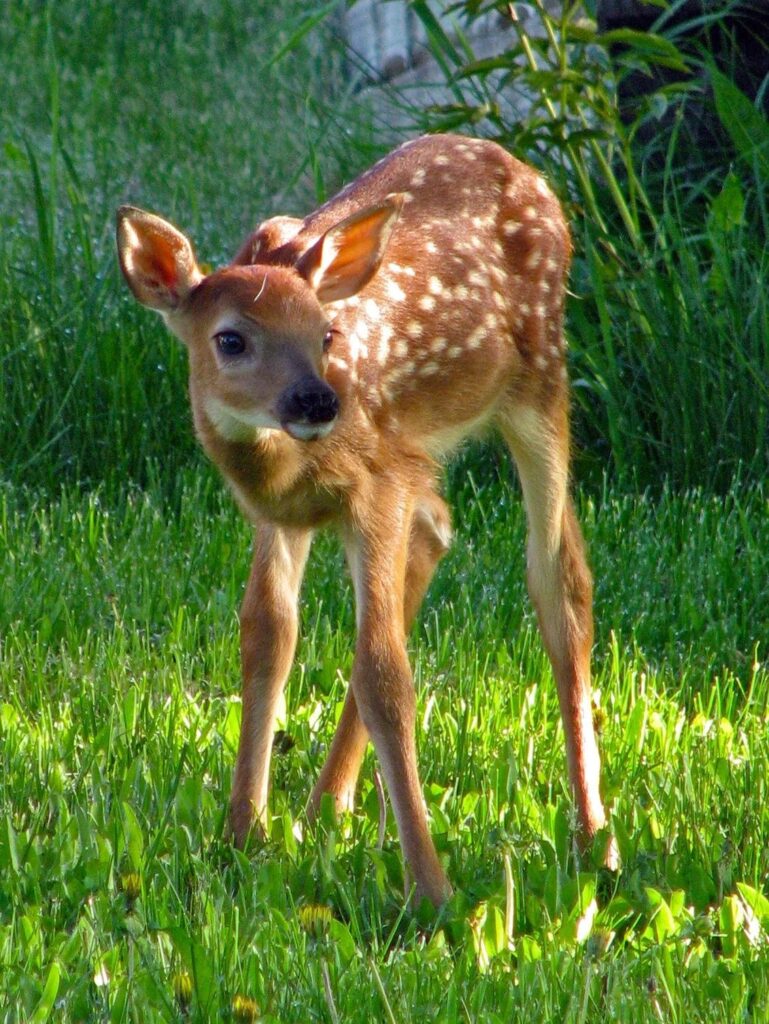
Thank you for these extremely precious moments which reflect Living in Beauty and Harmony. Bless you all who participated in this sacred moment. 🙏
Golden eagle attack. A chamois fall hard from a cliff
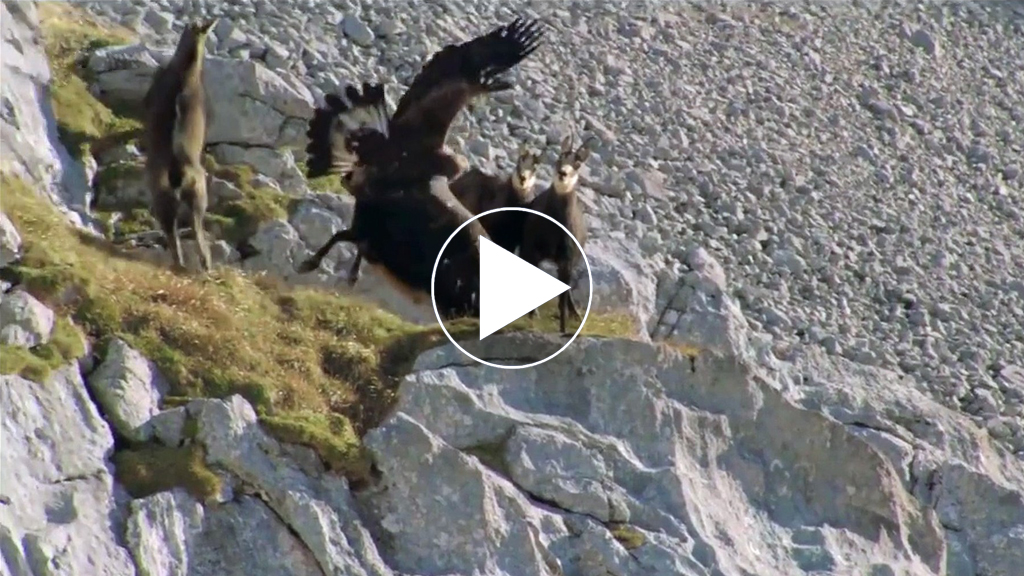
A golden eagle hunts a chamois under the watchful gaze of a snow leopard.
The golden eagle (lat. Aquila chrysaetos) is one of the most famous birds of prey of the hawk family, the largest eagle. The golden eagle has the status of a rare species in the Red Book of Russia. Distributed in the Northern Hemisphere, where it lives mainly in the mountains, and to a lesser extent in flat open and semi-open landscapes. Avoids residential areas and is sensitive to human disturbance.
In most of the range they live sedentary, keeping in pairs near the nest; on the northern periphery of the distribution area and highlands, some birds migrate to less snowy areas. Hunts a wide variety of game, most often hares, rodents and many species of birds. Sometimes attacks sheep, calves and baby deer.
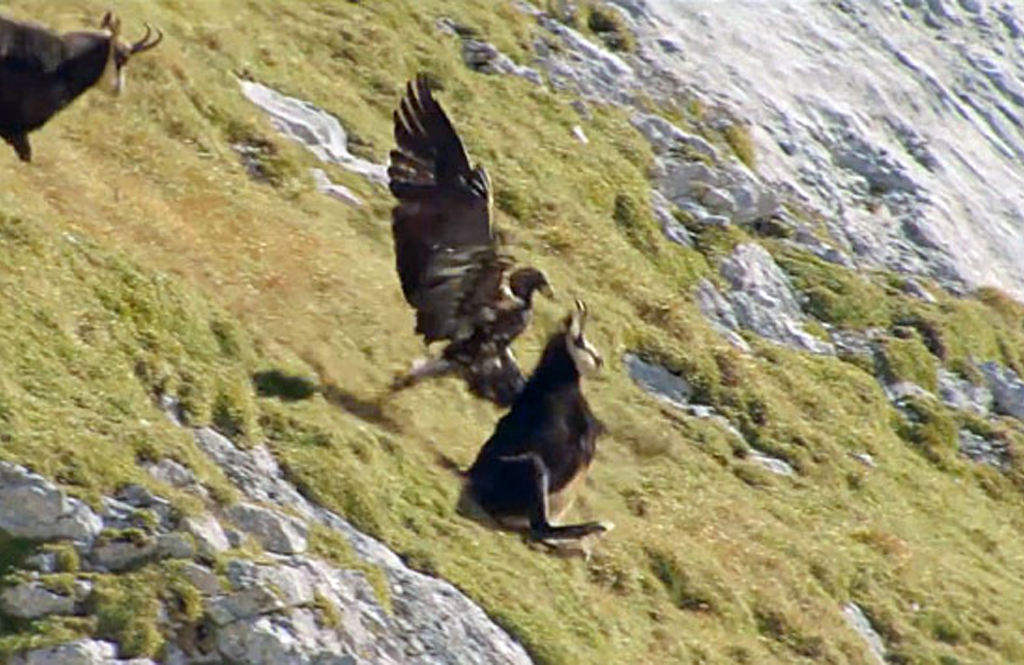
The nest is made in a tree or on a hard-to-reach rocky ledge. There are usually two eggs in a clutch, but most often only one chick survives. In Central Asia, the golden eagle is used for commercial hunting of foxes, hares, and sometimes wolves and goitered gazelles.
Over the past centuries, the golden eagle has disappeared from many areas where it previously lived – the reasons for this were mass extermination, the use of pesticides, urbanization and the change of land for economic needs. Currently, the golden eagle, like most other European raptors, is protected by state legislation and intergovernmental agreements.
A very large and strong eagle – body length 76-93 cm, wingspan 180-240 cm. Females are much larger than males, their weight varies from 3.8 to 6.7 kg, while for males from 2.8 up to 4.6 kg. The beak is typically eagle-like: high and laterally compressed, hook-shaped and bent downwards.
The feathers on the neck are somewhat elongated – a feature also found in the Imperial Eagle. The wings are long and wide, somewhat narrowed at the base and at the hind finger, so that when soaring, the rear edge of the wing looks curved in the shape of the Latin Letter S; this characteristic feature is most pronounced in young birds.
The tail is slightly rounded and longer than other typical eagles. In relation to the width of the wing, it is more close to hawk eagles, in particular to the dwarf eagle, but unlike it, it is wide and open like a fan in flight. When soaring, the bird spreads its front flight feathers in a finger-like manner.
Write a Reply or Comment